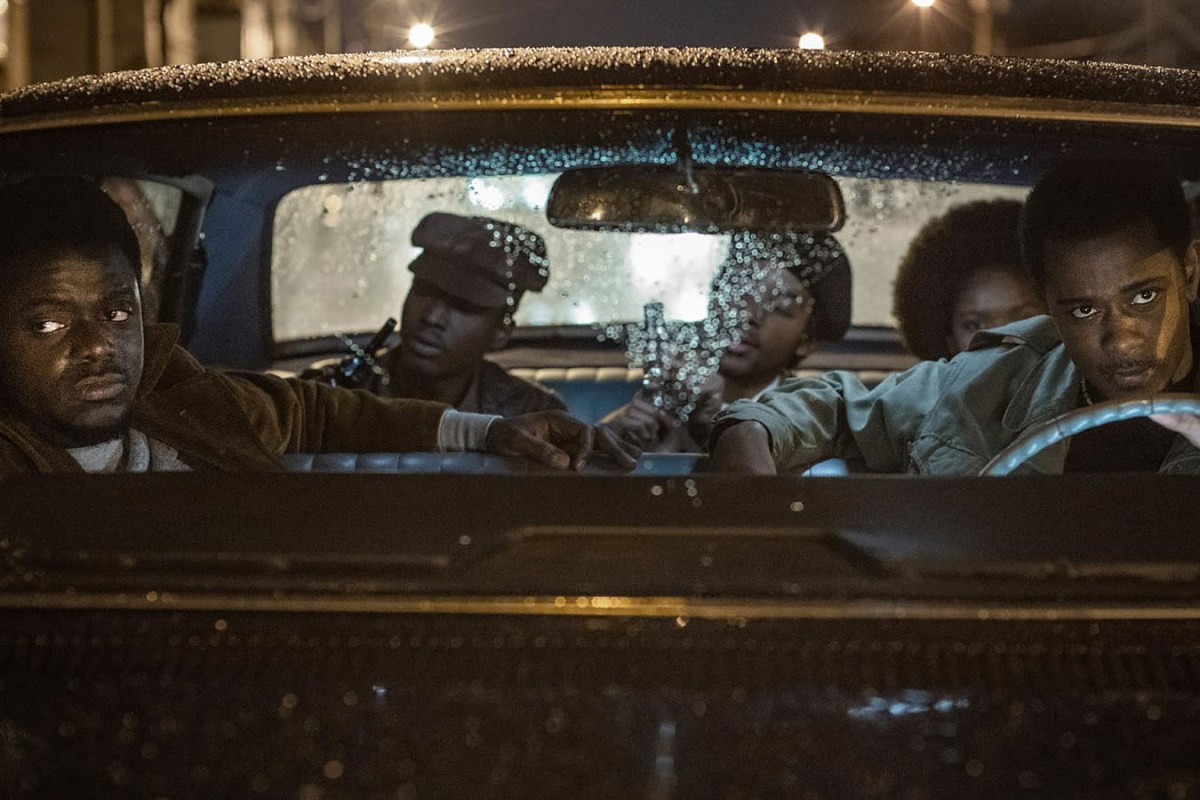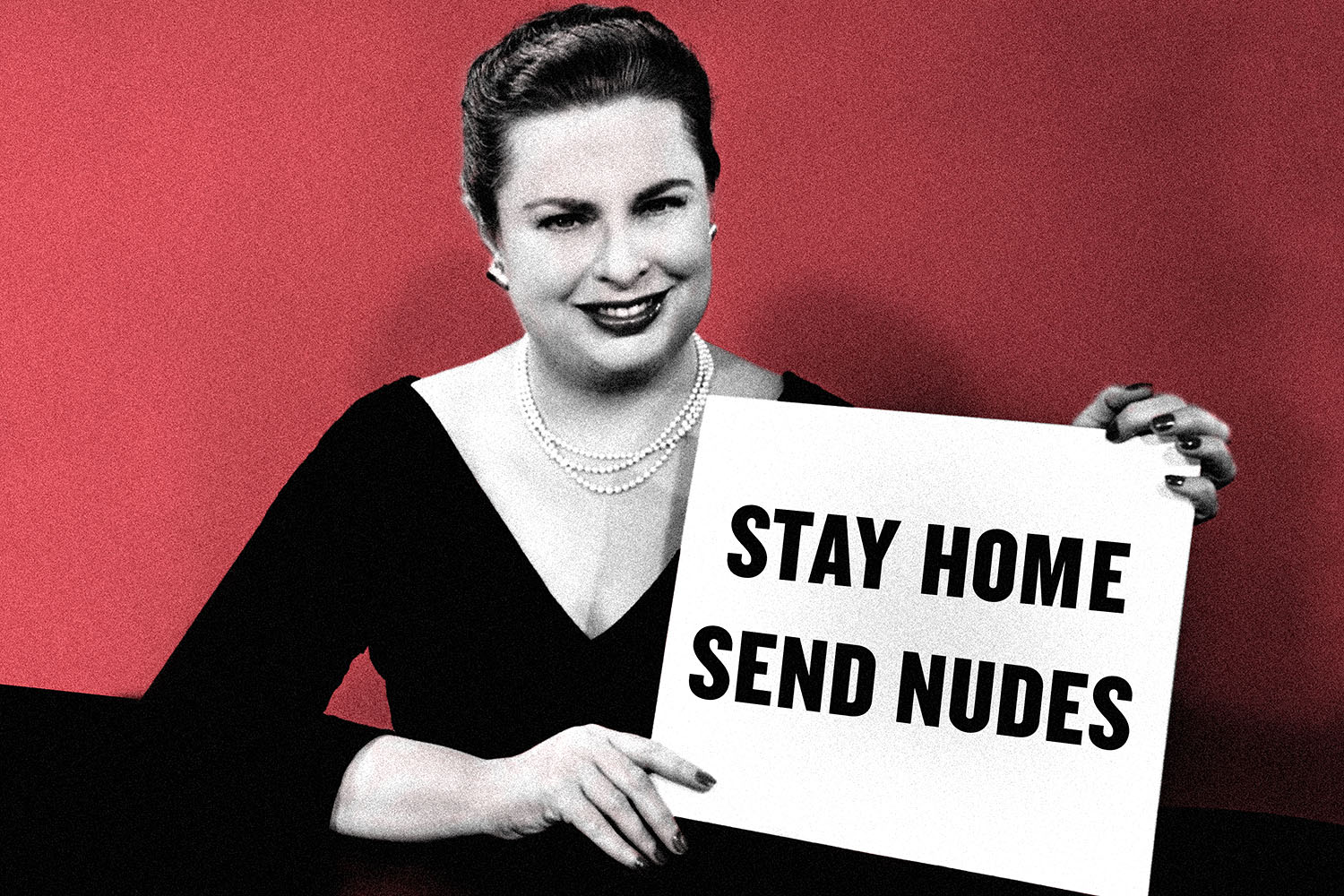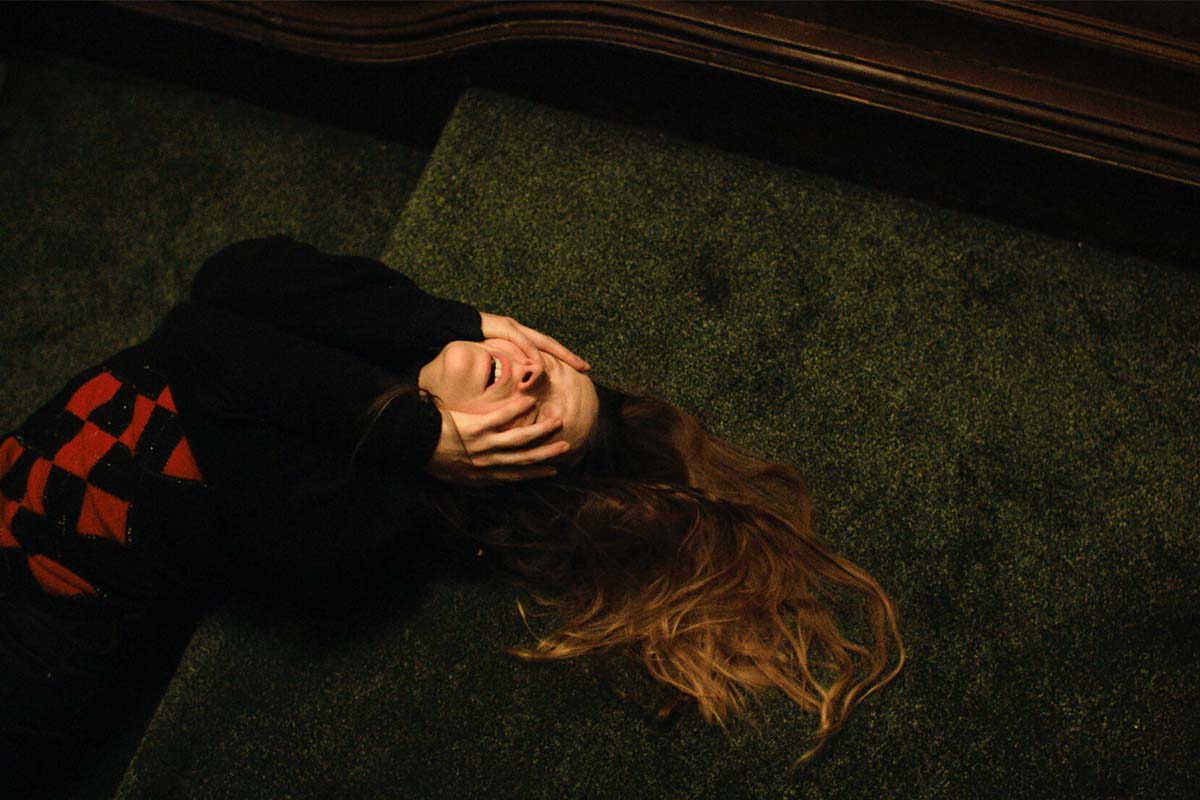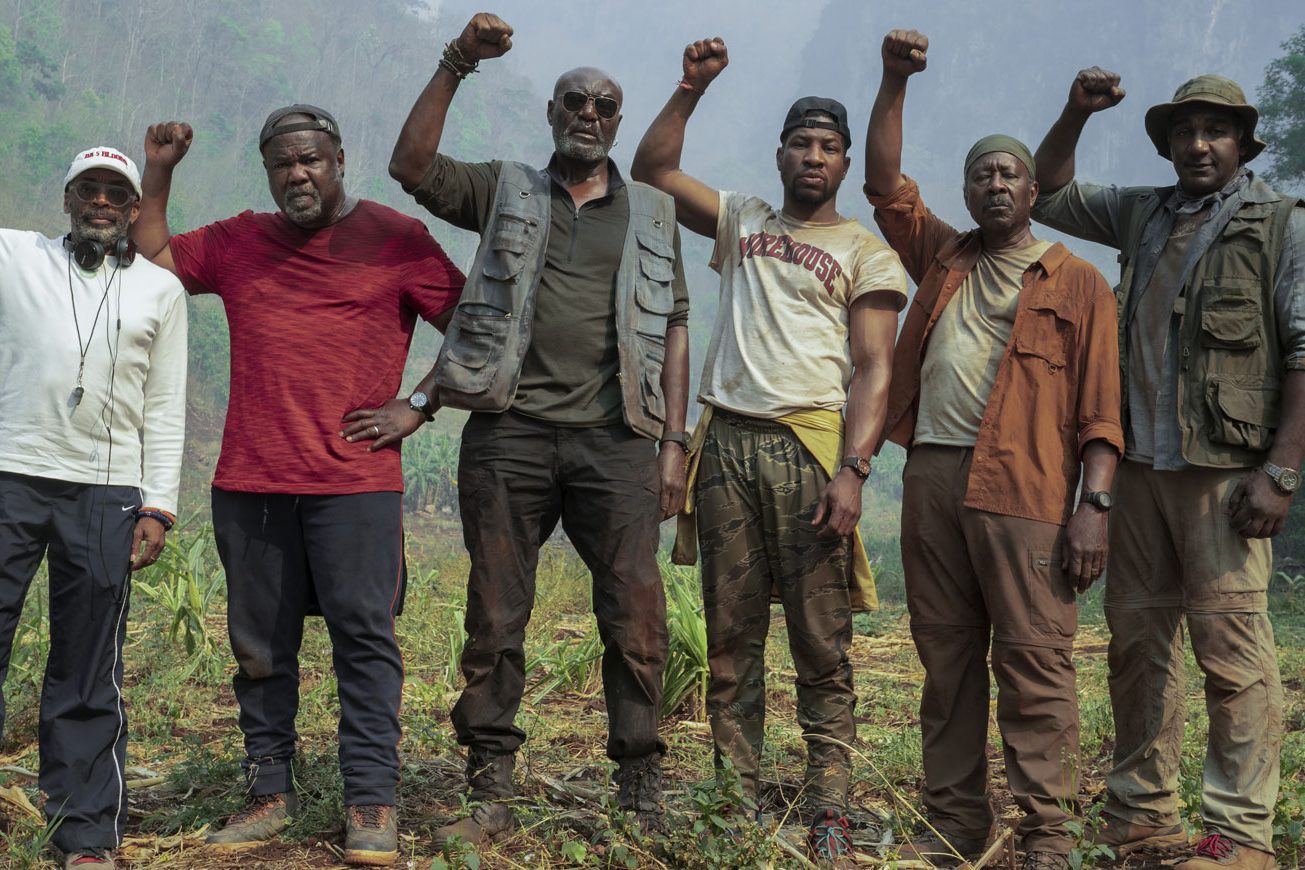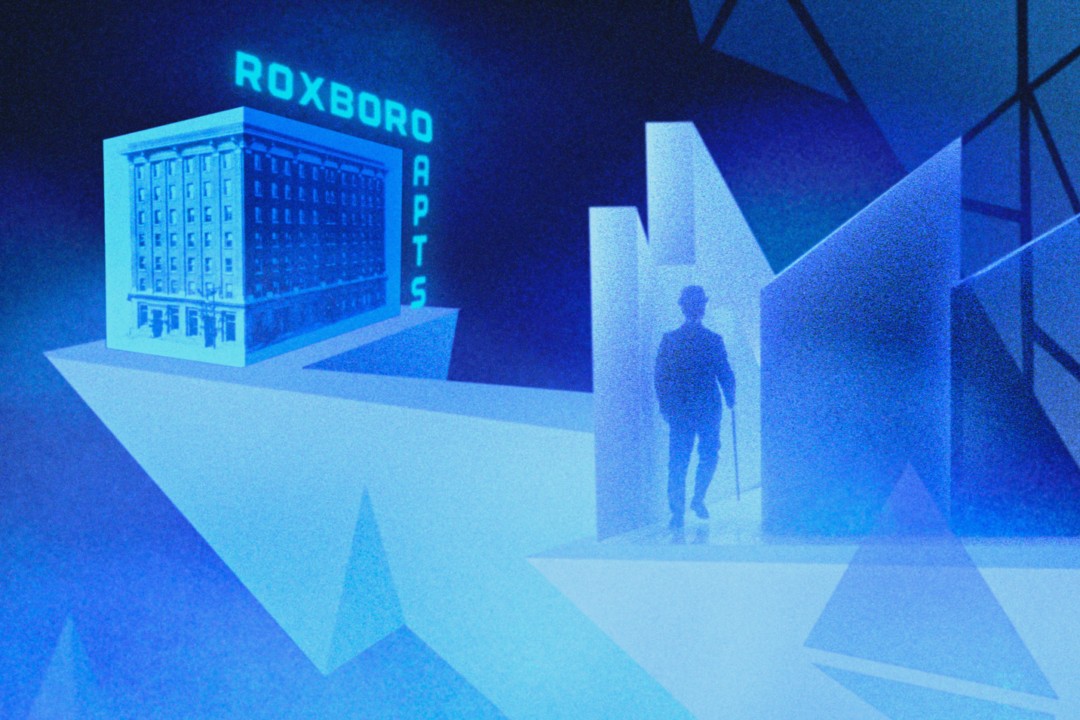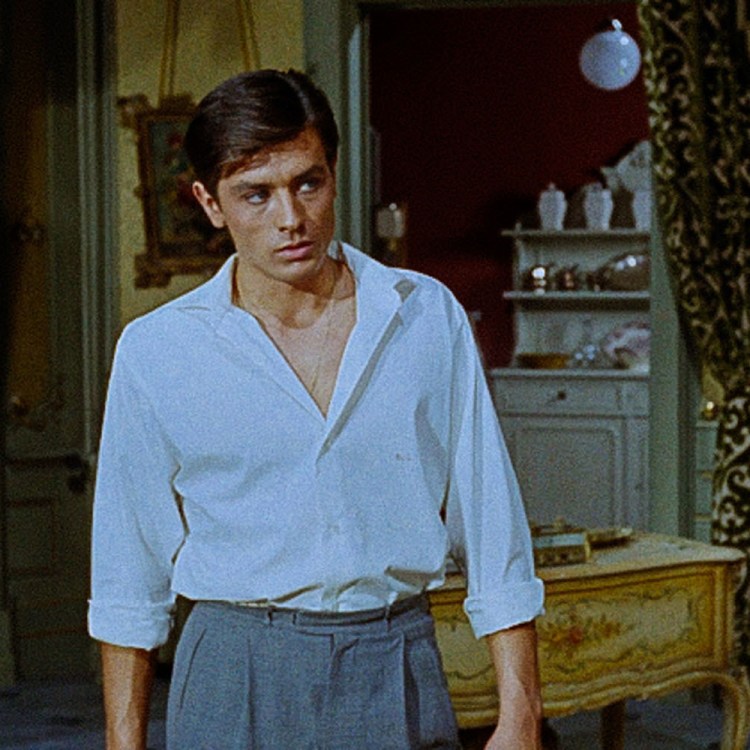The 2020 Sundance Film Festival was one of the last major events of its kind –– or any kind –– to take place before the world changed forever. With little time to prepare a viable pivot, other festivals like SXSW and Cannes were forced to cancel. As the pandemic raged through the summer and into the fall, Sundance organizers understood that they would have to radically reimagine their event in order to save it.
The 2021 festival, which concluded yesterday, was entirely virtual. Some other festivals, fearful that sponsors and distributors could shy away from truncated or remote programs, are reluctant to abandon in-person expositions. Sundance, however, leaned in. Under the leadership of first-year director Tabitha Jackson, the programming team spent months designing a proprietary streaming platform and building a digital world to preserve the energy of a festival environment.
Although this year’s program was scaled back to 73 feature films (compared to 120 in a typical year), the quality of the entries remained world-class. The virtual format, moreover, made the festival more accessible than ever. Attendees from all over the world could purchase week-long or single-day passes to see the best of independent cinema from the comfort of their couch.
Over the past week, I watched over 20 films. Below are my top 15. But first, a few qualifications: There were a lot more films that I didn’t see, so I’ve included a list of the buzziest ones I missed at the bottom. These rankings also only cover feature films, which means they omit the 50 short entries as well as the festival’s innovative, virtual reality-propelled New Frontier program. As a final caveat, to steal the line Royal Tenenbaum uses after telling his 11-year-old daughter he wasn’t impressed with the play she wrote for her birthday, these rankings are just one man’s opinion.
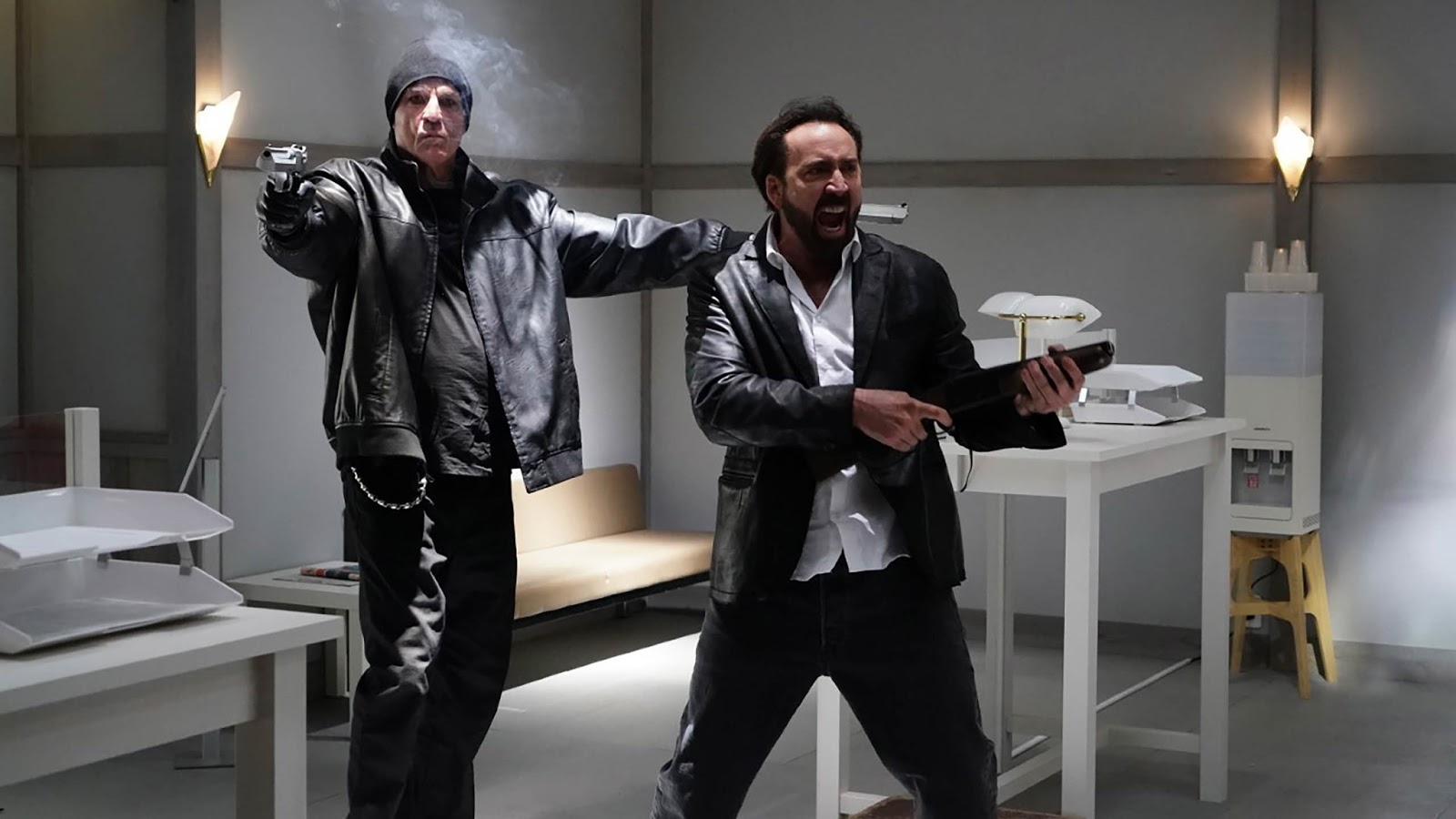
15. The Prisoners of the Ghostland (Sion Sono)
Synopsis: A notorious criminal is sent to rescue an abducted woman who has disappeared into a dark supernatural universe. (Narrative)
Quick take: If you’re looking for weird, look no further. This isn’t even Sono’s weirdest film –– that honor probably goes to Tokyo Tribe, a micropenis-inspired rap opera –– but Ghostland is out there. A mid-production heart attack couldn’t stop the Japanese auteur from completing his first English language film, a hyper-violent story that doesn’t prioritize cogency. Instead, Ghostland cooks up a visual feast of worldbuilding by blending Samurai culture with the Wild West in a post-nuclear setting. Oh, and Nic Cage wears a suit with explosives strapped to his testicles.
14. How It Ends (Daryl Wein, Zoe Lister-Jones)
Synopsis: On the last day on Earth, a woman journeys through L.A. to make it to one last party before the world ends, running into an eclectic cast of characters along the way. (Narrative)
Quick take: One of several apocalyptic Sundance premieres, How It Ends is a pandemic-coping comedy that doesn’t acknowledge the pandemic. The predominantly outdoor scenes and sparsely populated frames, however, are subtle clues that the film was shot as the virus surged. For many reasons, it recalls 2013’s This Is the End. The boondoggling plot is formulaic, and that’s not a bad thing. Accompanied by the personification of her inner-child, Liza’s (Lister-Jones) meandering serves as a vehicle for sketch-like encounters with a number of comedy’s brightest stars.
13. Strawberry Mansion (Albert Birney, Kentucker Audley)
Synopsis: In a world where the government records and taxes dreams, an unassuming dream auditor gets swept up in a cosmic journey through the life and dreams of an aging eccentric named Bella. (Narrative)
Quick take: Talk about high concept. The premise is ripe for dystopia –– I went into the screening expecting something between Minority Report and Inception –– but this is a love story first and foremost. That’s not to say it isn’t packed with social commentary. The filmmakers prove that you don’t need a big budget to pull off a grand vision. Just an imagination. Their avante-garde approach won’t appeal to every viewer, but they’re not trying to.
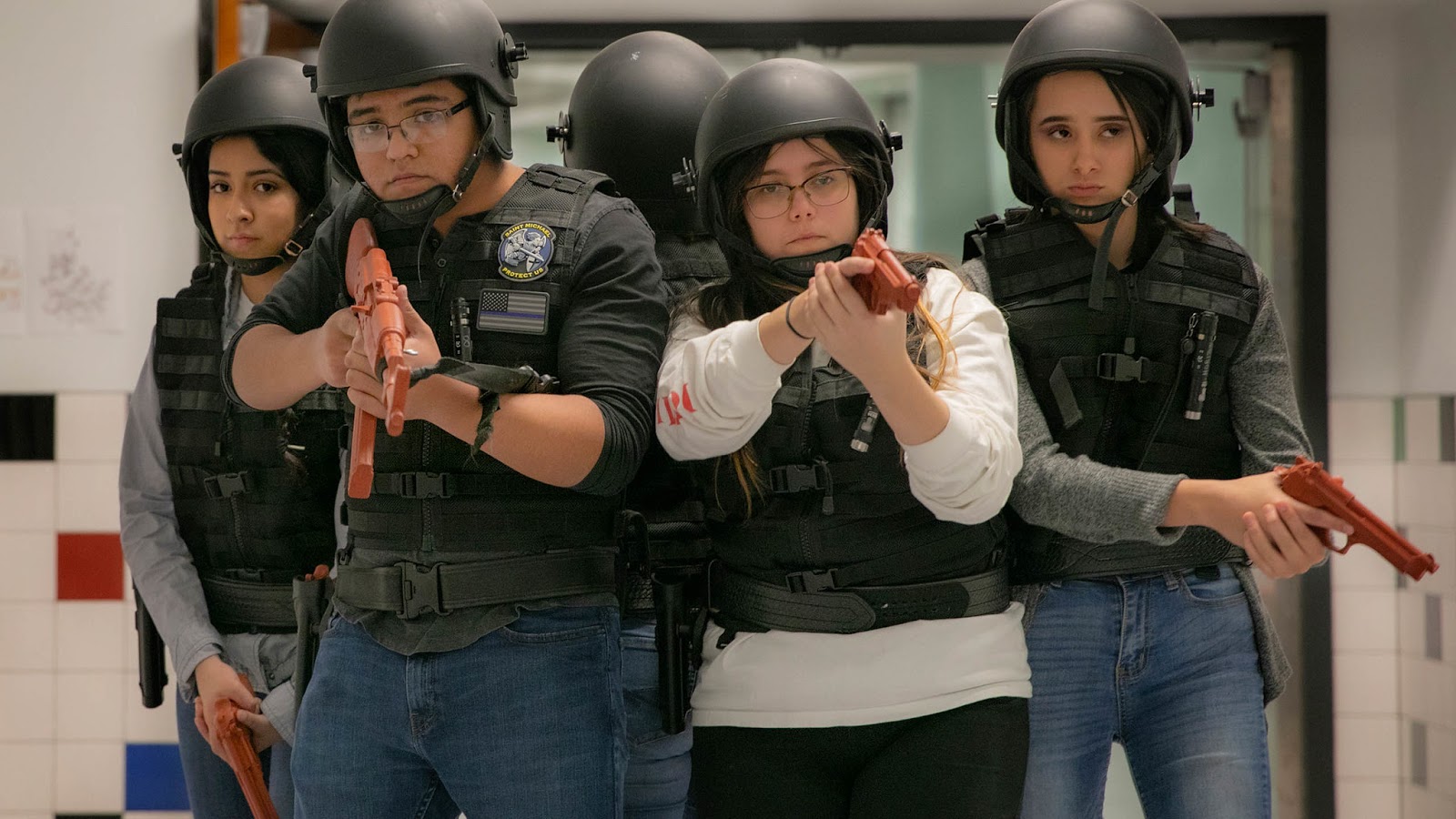
12. At the Ready (Maisie Crow)
Synopsis: Ten miles from the Mexican border, students at Horizon High School in El Paso, Texas, are enrolling in law enforcement classes and joining a unique after-school activity: the criminal justice club. (Documentary)
Quick take: It’s jarring to see teenagers decked out in kevlar and helmets rushing through their school’s hallways with plastic guns. They’re not playing cops and robbers. They’re being groomed. They’re primarily Latino, as most bordertown law enforcement agents are, and their faces are filled with hope and resolve as they listen to their instructors, all retired police officers. Crow’s documentary illuminates the economic and cultural forces that girdle our nation’s law-enforcement machine while rendering moving portraits of the individual students.
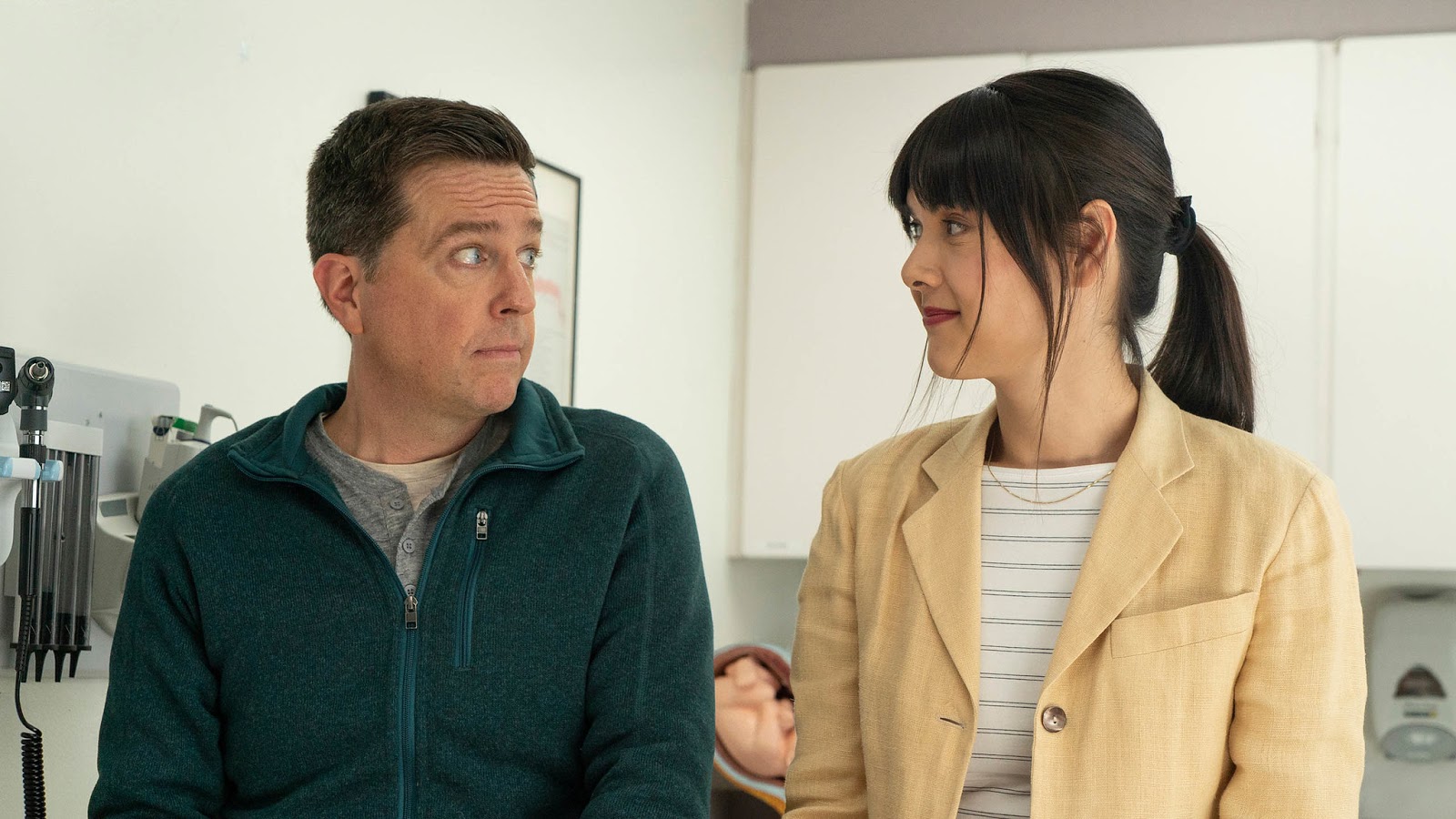
11. Together Together (Nikole Beckwith)
Synopsis: With his biological clock ticking, a 40-year-old single man hires a 26-year-old surrogate. (Narrative)
Quick take: Beckwith’s second feature is a refreshing spin on the increasingly popular surrogacy subgenre. Co-stars Ed Helms and Patti Harrison have an easy and honest chemistry that generates many laughs and tender moments. Beyond advancing the notion that it’s perfectly natural for a single, straight guy to desire fatherhood, the film challenges dominant narratives about love. When I asked Beckwith why she thinks platonic love is so hard for people to accept, she shrugged. “I don’t know when romance became the singular love focus of our cultural storytelling,” she said. “Maybe I’ll blame fairytales.”
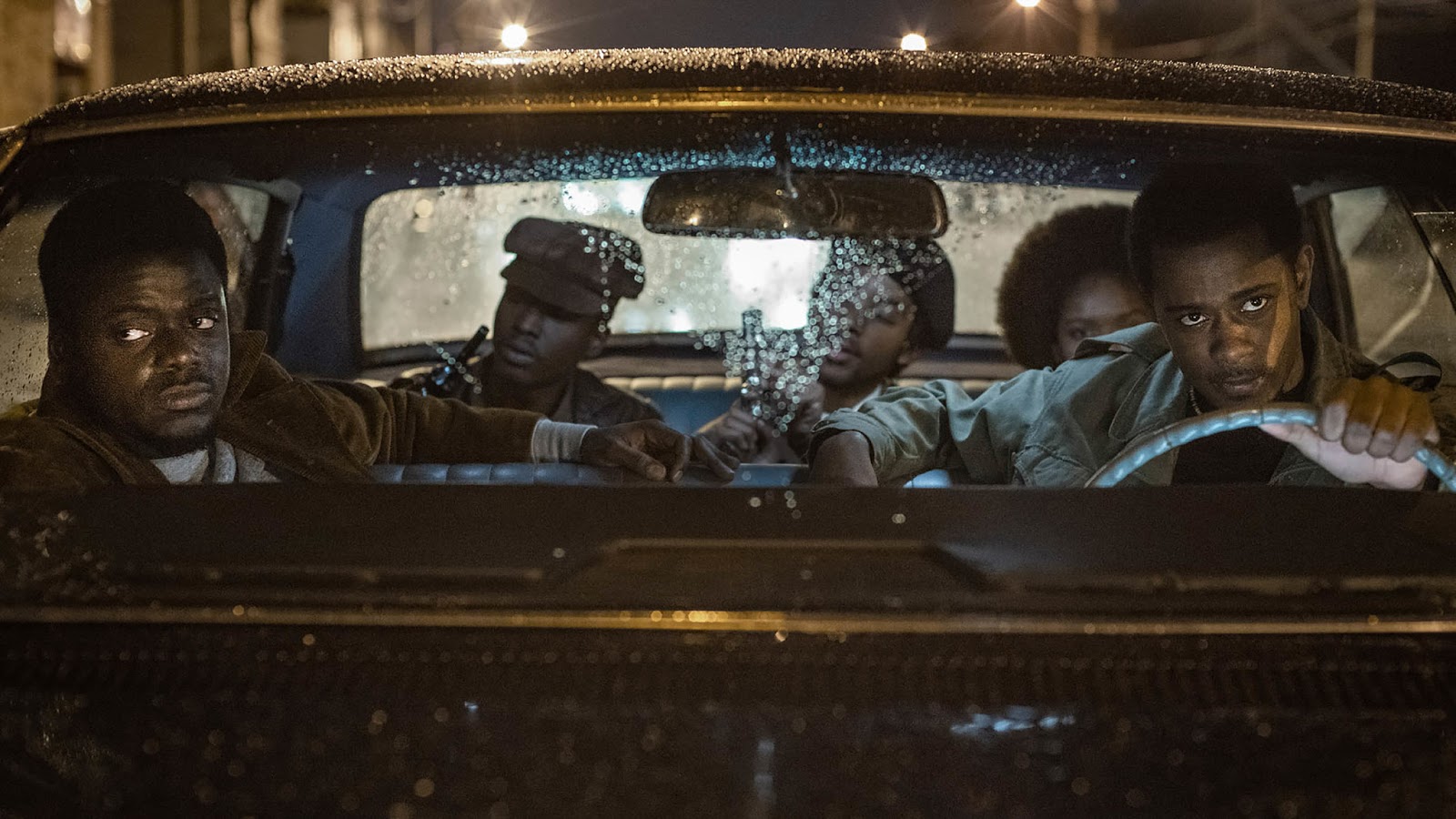
10. Judas and the Black Messiah (Shaka King)
Synopsis: Threatened by the growth of the Illinois Black Panthers, the FBI plants an informant in the inner-circle of the chapter’s inspirational leader, Fred Hampton. (Narrative)
Quick take: The film derives and maintains its tension through a plot reminiscent of The Departed. But unlike Scorsese’s 2006 film, King’s work is based on a true story. The historical gravity is compounded by forceful performances from Daniel Kaluuya as Hampton and LaKeith Stanfield as William O’Neil, Hampton’s tormented betrayer. One of the few Sundance films to enter the festival with a major distribution deal already in place, Judas is poised to educate a mainstream audience about the history of the Black Panthers and their community-based platform while delivering a chilling portrayal of the state-sponsored violence that has repressed people of color since this country’s earliest days.
9. All Light, Everywhere (Theo Anthony)
Synopsis: An exploration of the shared histories of cameras, weapons, policing and justice. (Documentary)
Quick take: Similar to Rat Film, Anthony’s first feature, All Light takes a seemingly innocuous subject –– in this case, cameras –– to reveal deep systems of oppression. And just like Rat Film, Baltimore looms large. The contentious relationship between the city’s police and community gives Anthony an ideal setting to show how power maintains its grip via technology. He also somehow gains access to Axon, a company that manufactures body-cams and tasers. “Impressionistic” is a fair descriptor for Anthony’s style. He deviates frequently from the film’s sharp investigative angles to take discursive philosophical dives. These detours will probably alienate more than a few viewers, but shying away from such ideas forfeits an opportunity to think critically.
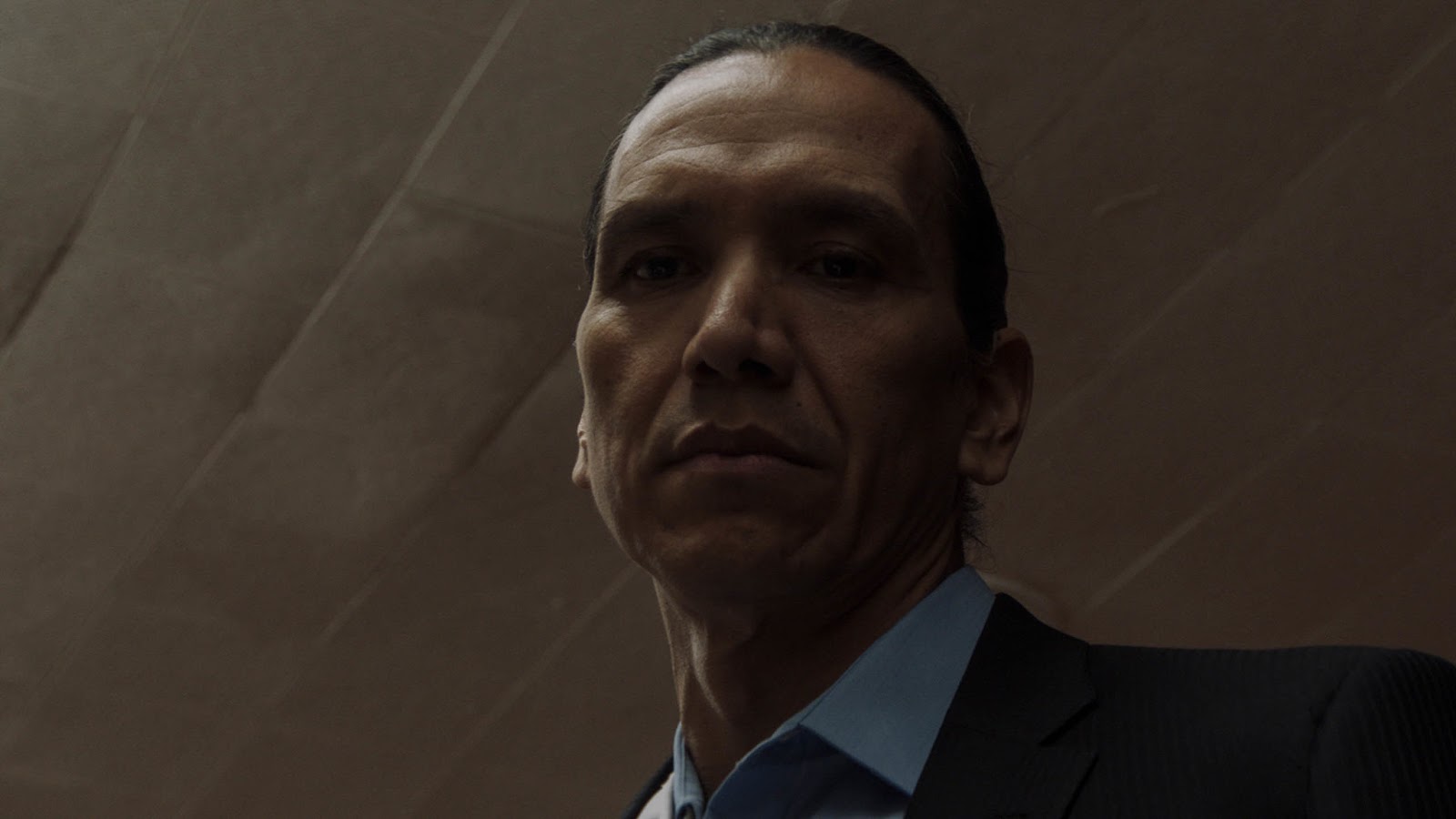
8. Wild Indian (Lyle Mitchell Corbine Jr.)
Synopsis: Two men are inextricably bound together after covering up the savage murder of a schoolmate. (Narrative)
Quick take: “Portraits of indigenous men like this, in a contemporary setting, are very rare,” actor Michael Greyeyes told a remote audience after the film’s premiere. His riveting portrayal of Makwa, a deeply disturbed Ojibwe man grappling with his past and identity, is enough of a reason to watch this movie. But Corbine’s debut feature, a taut story that explores the effects of individual and generational trauma, is also an excellent piece of filmmaking from a promising director.
7. El Planeta (Amalia Ulman)
Synopsis: Amid the devastation of post-financial-crisis Spain, a mother and daughter bluff and grift to keep up the lifestyle they think they deserve, bonding over common tragedy and an impending eviction.
Quick take: A conceptual artist by trade, Ulman stars in her directorial debut as Leo, a spunky and fashionable designer who moves home after her father’s death. The beating heart of this charming human comedy is the quirky relationship between Leo and her mother. It feels authentic because it is: Ulman’s real mother plays Leo’s mother. She’s never acted before, but you wouldn’t know that based on her charismatic performance. Working with a shoestring budget, Ulman opted to shoot in black and white to reduce post-production costs, a choice that fits aesthetically with the simple narrative.
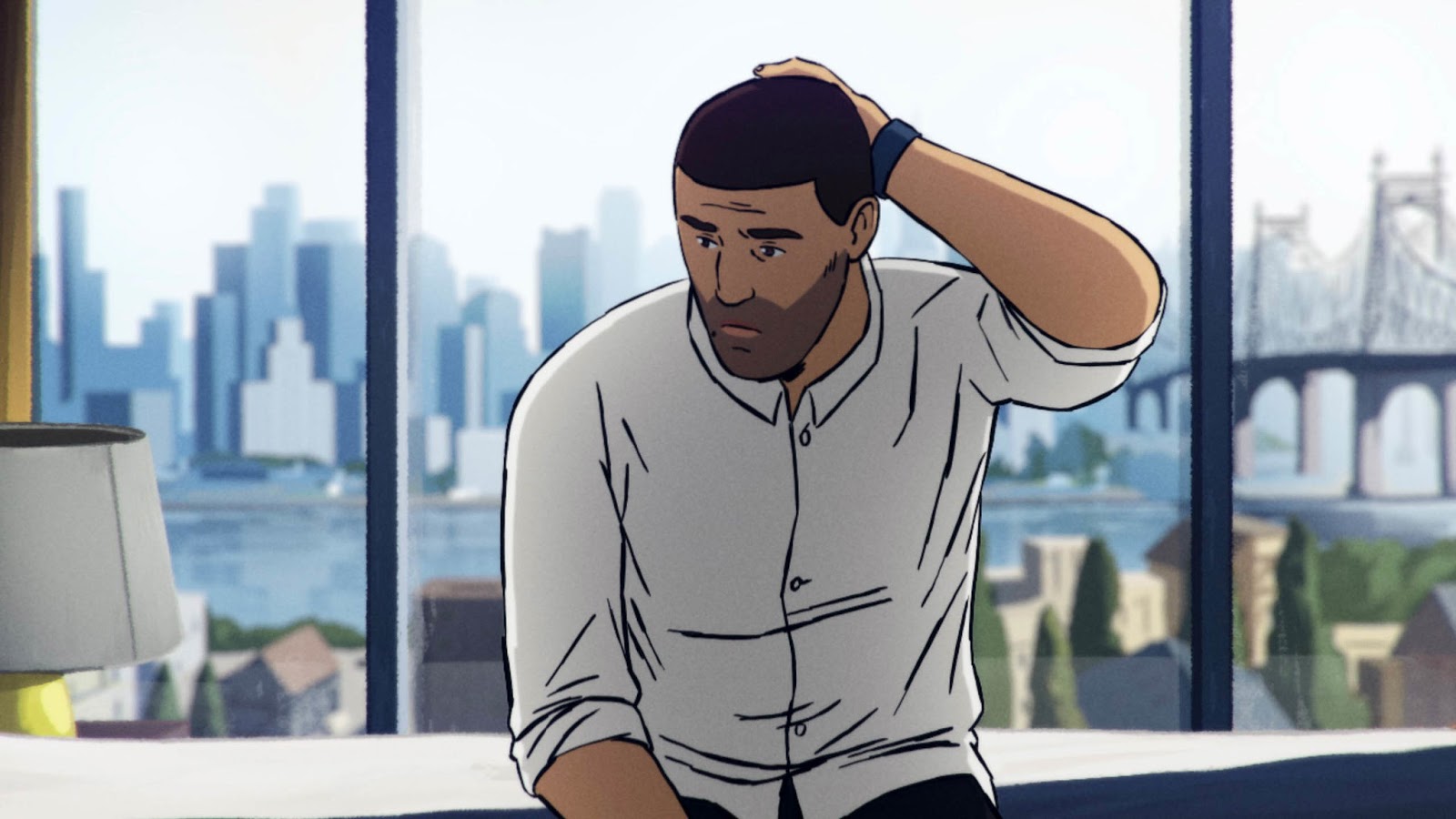
6. Flee (Jonas Poher Rasmussen)
Synopsis: An Afghani refugee who arrived in Denmark as an unaccompanied minor is about to get married, but he must first reveal a secret he has hidden for two decades. (Documentary)
Quick take: I can’t say I’ve seen many any animated documentaries before, but the medium doesn’t detract from the message. Quite the opposite, actually. Rasmussen uses the animation to conceal his subject’s identity, a man known only by the pseudonym Amin, but the format also allows him to color the parts of Amin’s story that are too painful to recount in depth. Amin’s harrowing refugee experience is interspersed with a more universal coming-of-age tale that results in a distinctly unimaginable yet empathetic story.
5. The Pink Cloud (Iuli Gerbase)
Synopsis: A mysterious and deadly pink cloud appears across the globe, forcing everyone to stay home indefinitely. (Narrative)
Quick take: Literally every review of this film uses the word “prescient.” The critics aren’t being lazy; it’s hard to watch and not be convinced that Gerbase owns a crystal ball. She penned the script for this lockdown drama in 2017 and production wrapped in 2019, but it anticipates all the emotional and physical anguish of 2020. The early stages of quarantine –– fear of the unknown virus, an uptick in calls with family and friends –– the ballooning feelings of despair and isolation, all of it. Even the horniness. Despite the film’s painfully relatable and claustrophobic premise, Gerbase leaves plenty of room for hope.
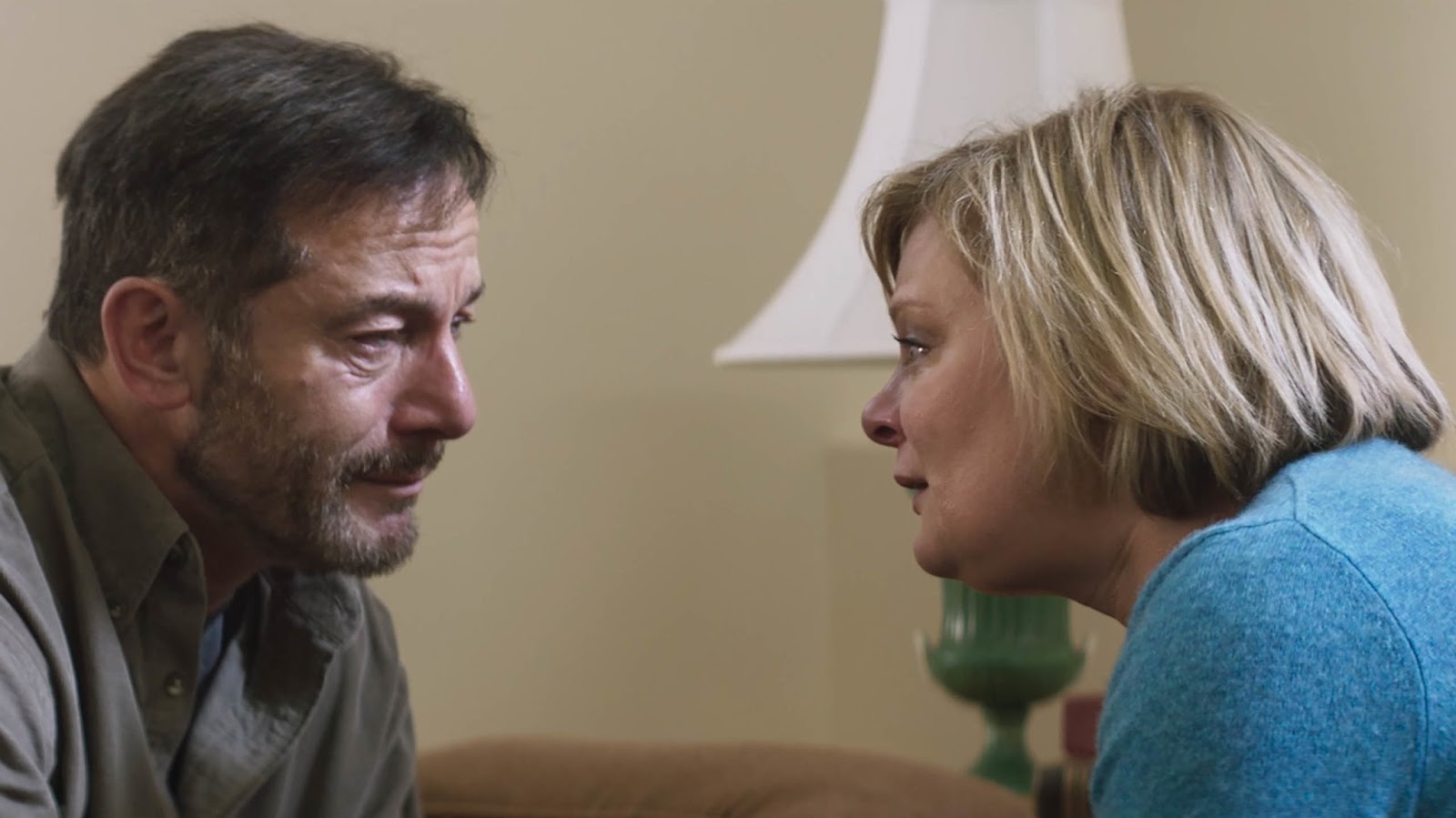
4. Mass (Fran Kranz)
Synopsis: Years after a tragic shooting, the parents of both the victim and the perpetrator meet face-to-face. (Narrative)
Quick take: This reminded me a lot of Roman Polanski’s 2011 Carnage. Like Polanski’s film, Mass is an intense, dialogue-heavy quest for meaning between two sets of broken parents. It’s executed more like a play than a film, and it is not an easy one to get through. In fact, it’s downright soul-scraping. But gut-wrenching performances –– particularly from Martha Plimpton and Jason Isaacs as the victim’s parents –– give viewers unnerving access to one of the most painful human interactions imaginable.
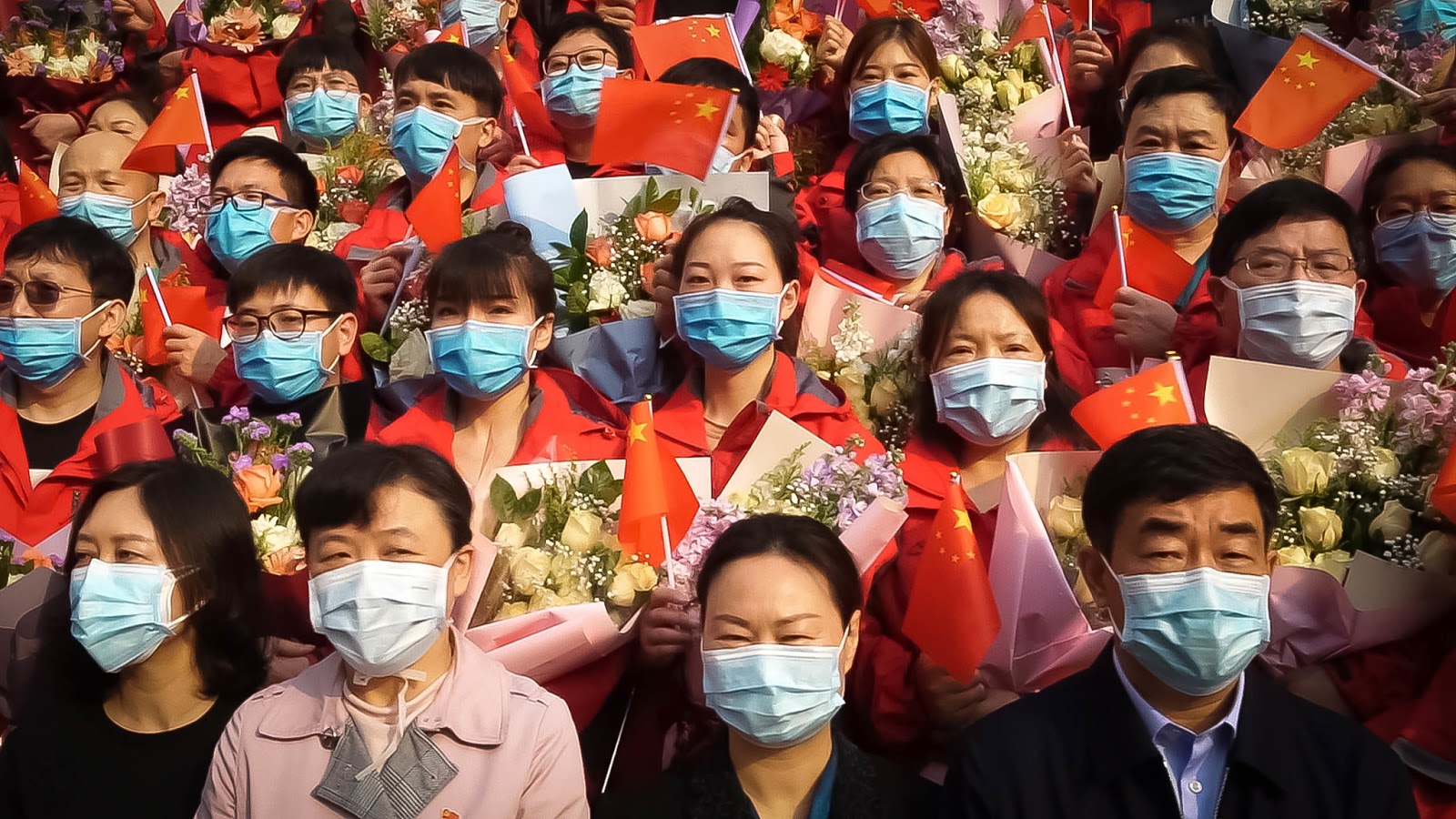
3. In the Same Breath (Nanfu Wang)
Synopsis: An examination of how propaganda and patriotism shaped the outbreak of COVID-19 in China and the U.S. (Documentary)
Quick take: Wang’s follow-up to One Child Nation, her acclaimed 2019 documentary, does not disappoint. What begins as a personal coronavirus story –– while Wang was attending Sundance last year, her infant son was staying with his grandmother in China when the country abruptly started to shut down –– quickly becomes a much broader piece of social commentary. The oscillating portraits of China and the U.S. reveal that the two countries have more in common than their governments, or citizens, care to admit. But the documentary is not simply a treatise on the foundational similarities of political power. Raw footage from hospital wards and interviews with traumatized families and healthcare workers expose the shared pain of the global community.

2. Summer of Soul (…Or, When The Revolution Could Not Be Televised) (Ahmir “Questlove” Thompson )
Synopsis: During the same summer as Woodstock, more than 300,000 people attended the Harlem Cultural Festival, celebrating African American music and culture, and promoting Black pride and unity. (Documentary)
Quick take: This is much more than a concert film, but it’s also one of the best concert films you’ll ever encounter. Never-before-seen performances from iconic musicians give Questlove’s directorial debut instant membership in the rockumentary pantheon. Among the many great acts are a 19-year-old Stevie Wonder, a roaring Sly and the Family Stone and a transcendent duet from Mahalia Jackson and Mavis Staples. A few intermittent articles about “Black Woodstock” have trickled out over the years, but the only footage from the festival was buried in a basement for five decades. Until now. With this cinematic achievement, the culturally and historically significant moment finally receives the recognition it deserves.
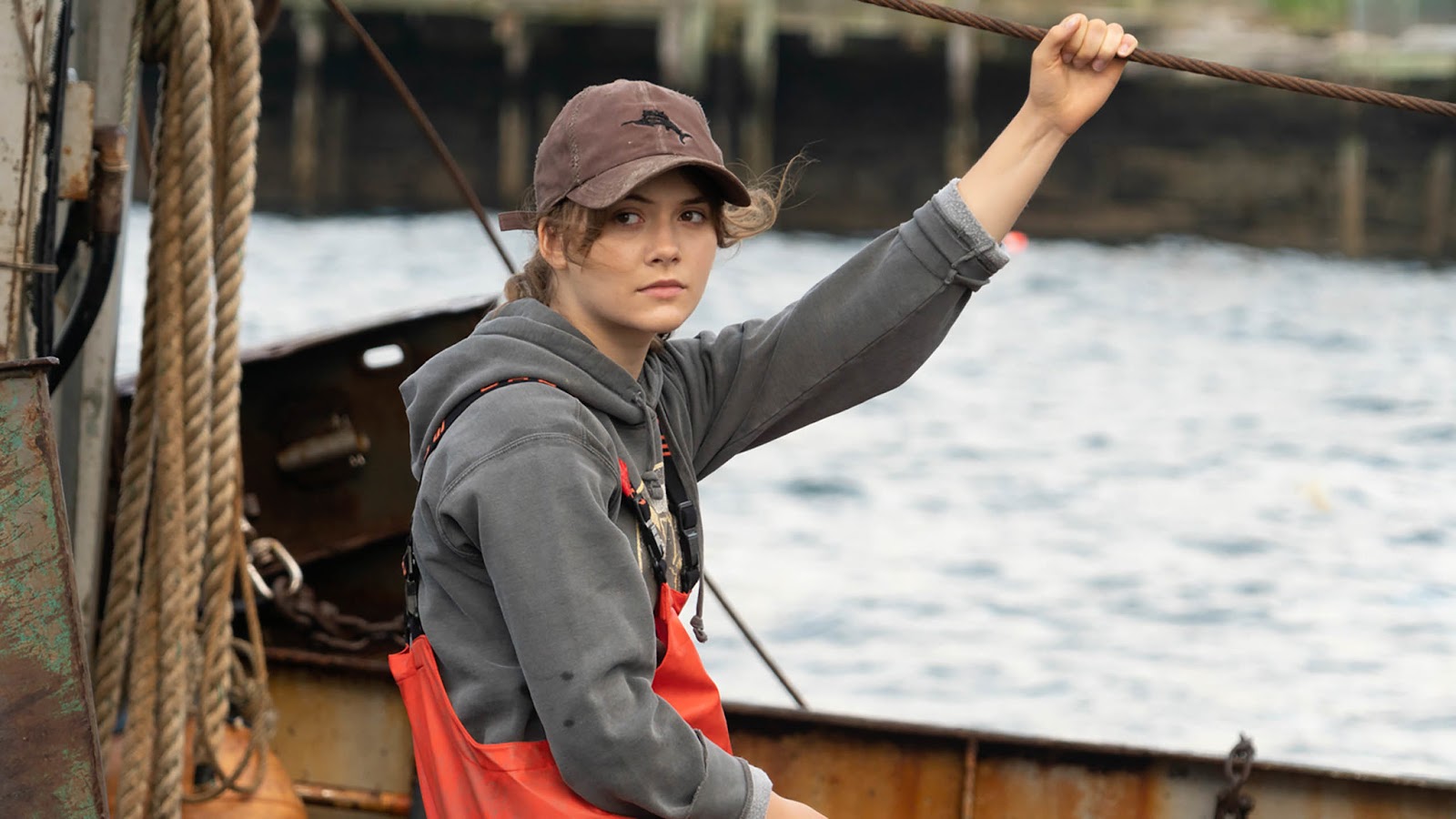
1. CODA (Siân Heder)
Synopsis: As a CODA – Child of Deaf Adults – Ruby is the only hearing person in her deaf family. When the family’s fishing business is threatened, she finds herself torn between pursuing her love of music and her fear of abandoning her parents. (Narrative)
Quick take: When I first saw the title, I thought it was about CoDA, also known as Co-Dependents Anonymous. It’s not. But the theme of dependency reverberates throughout this poignant story. “You know why God made farts smell?” Ruby’s dad signs to her. “So deaf people can enjoy them too.” Even though Ruby is pinching her nose in disgust, she can’t suppress a smile for long. There are many smiles to be had in Heder’s second feature film. Tears too. Paula Huidobro’s cinematography is a beautiful paean to coastal New England, and Heder’s gripping script generates layered tension by framing a unique family drama with the daily challenges endured by deaf individuals in a world built for hearing people. Apple recently acquired distribution rights, so CODA will soon be playing on a small screen near you.
The Buzz List
Below are several films I haven’t seen that got a lot of love during the festival. You can also view a complete list of award winners here.
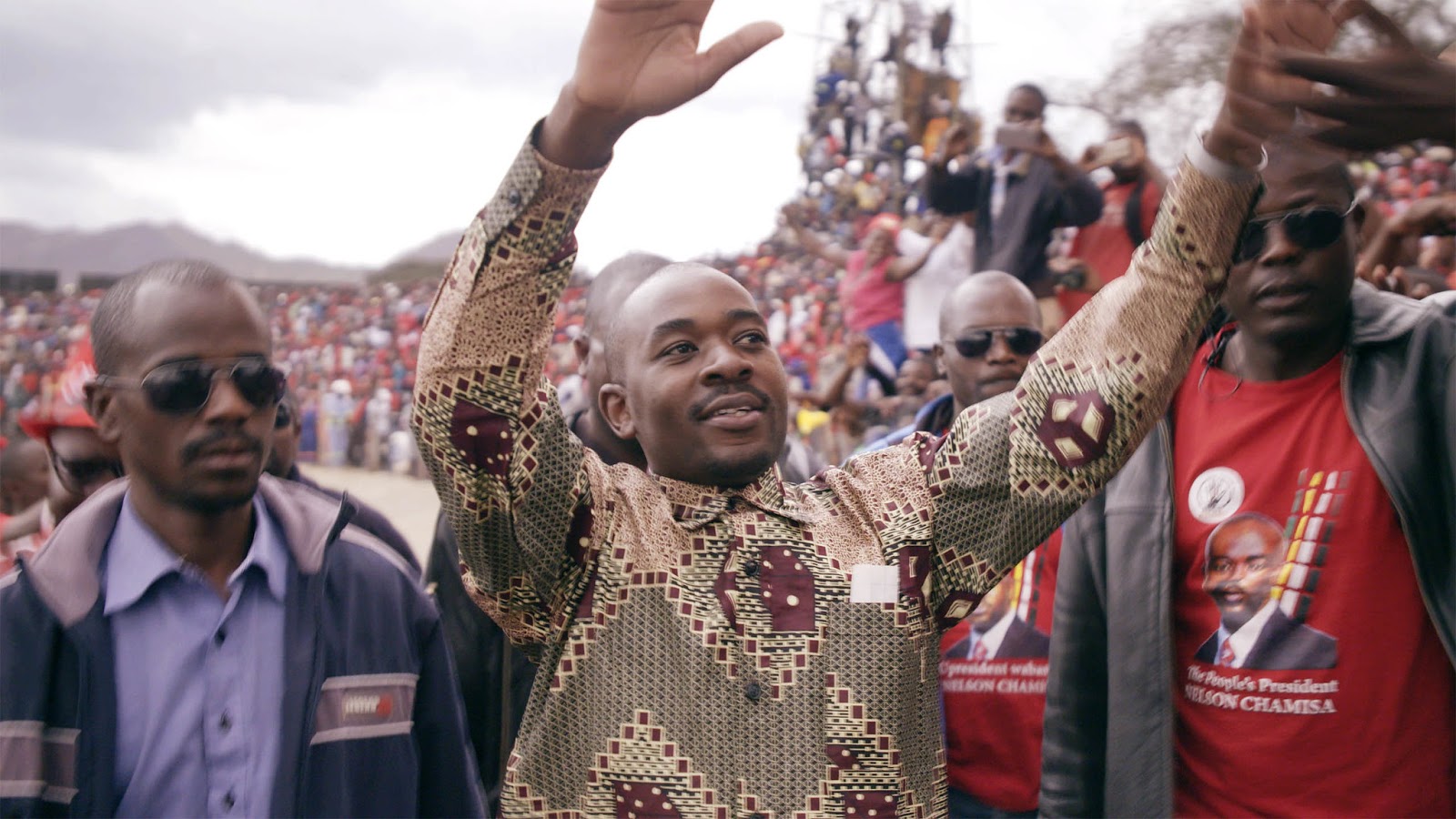
President (Camilla Nielsson)
Zimbabwe is at a crossroads. The leader of the opposition MDC party, Nelson Chamisa, challenges the old guard ZANU-PF led by Emmerson Mnangagwa, known as “The Crocodile.” The election tests both the ruling party and the opposition – how do they interpret principles of democracy in discourse and in practice? (Documentary)
Hive (Blerta Basholli)
Fahrije’s husband has been missing since the war in Kosovo. She sets up her own small business to provide for her kids, but as she fights against a patriarchal society that does not support her, she faces a crucial decision: to wait for his return, or to continue to persevere. (Narrative)
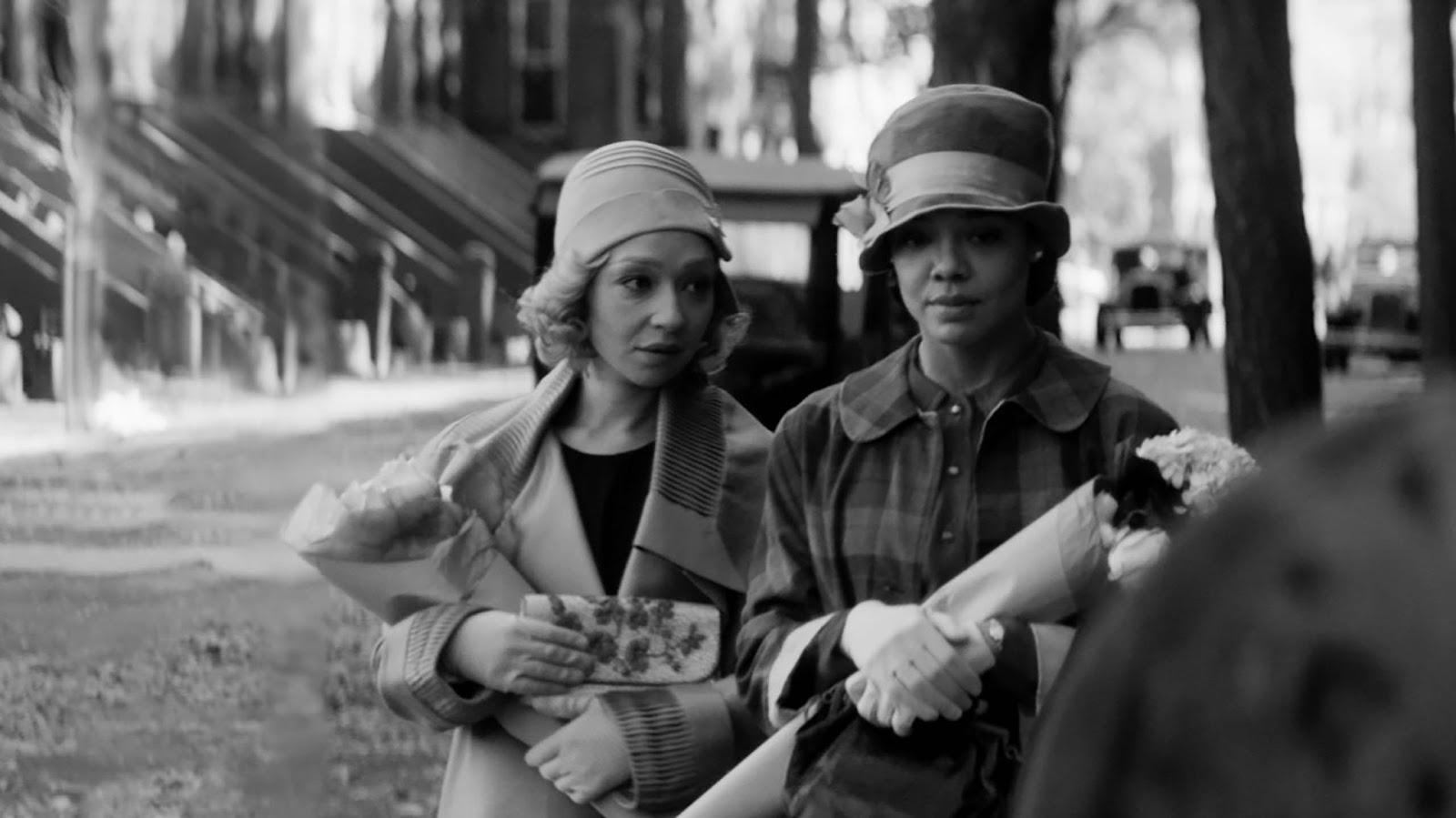
Passing (Rebecca Hall)
Adapted from the seminal novel by Nella Larsen, two African-American women who can “pass” as white choose to live on opposite sides of the color line in 1929 New York in an exploration of racial and gender identity, performance, obsession and repression.
Writing with Fire (Rintu Thomas, Sushmit Ghosh)
In a cluttered news landscape dominated by men, India’s only newspaper run by Dalit women emerges. Armed with smartphones, Chief Reporter Meera and her journalists break traditions on the frontlines of India’s biggest issues and within the confines of their own homes, redefining what it means to be powerful. (Documentary)
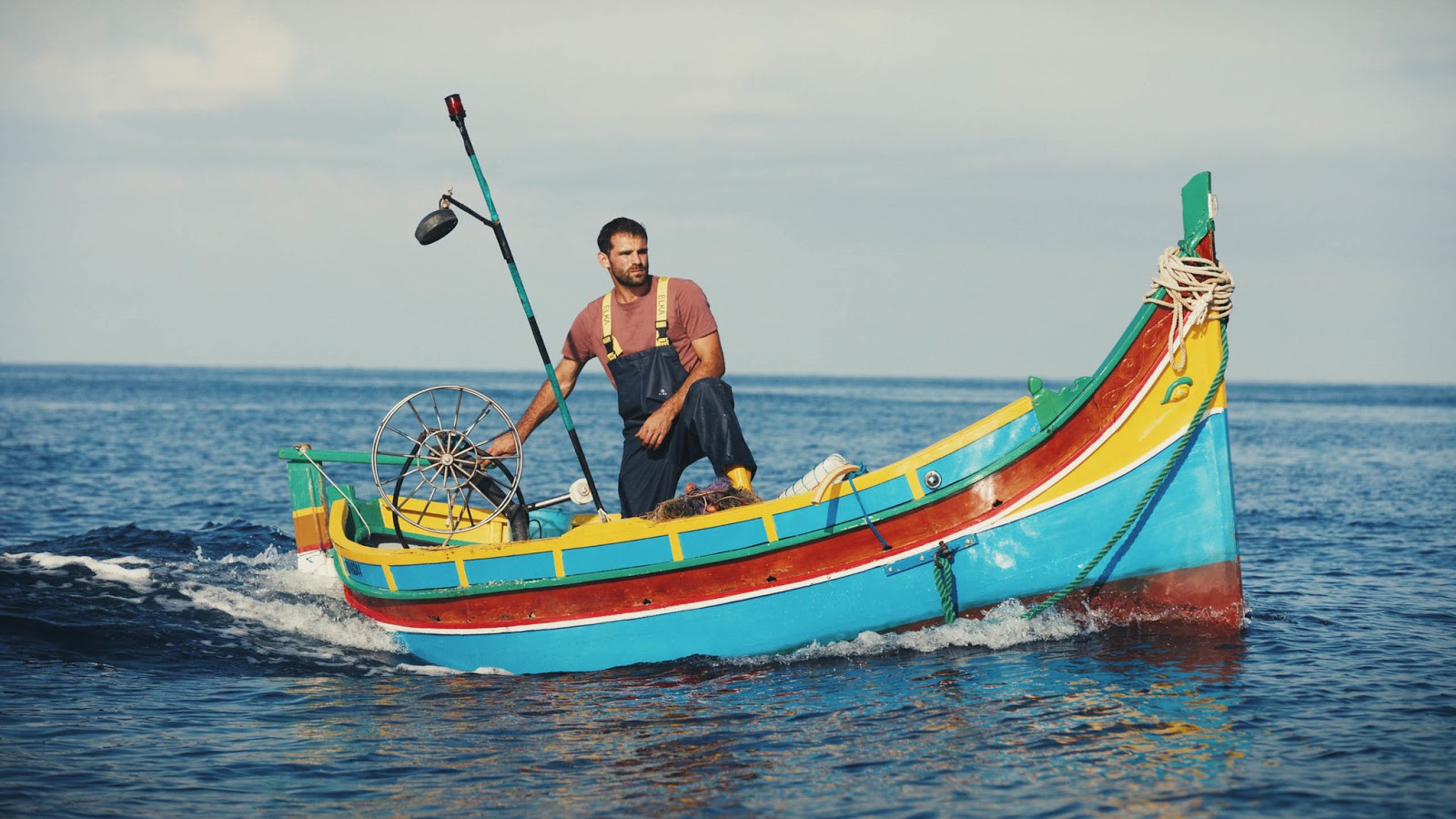
Luzzu (Alex Camilleri)
Jesmark, a struggling fisherman on the island of Malta, is forced to turn his back on generations of tradition and risk everything by entering the world of black market fishing to provide for his girlfriend and newborn baby. (Narrative)
Ma Belle, My Beauty (Marion Hill)
A surprise reunion in southern France reignites passions and jealousies between two women who were formerly polyamorous lovers. (Narrative)
Sabaya (Hogir Hirori)
With just a mobile phone and a gun, Mahmud, Ziyad and their group risk their lives trying to save Yazidi women and girls being held by ISIS as Sabaya (abducted sex slaves) in the most dangerous camp in the Middle East, Al-Hol in Syria. (Documentary)
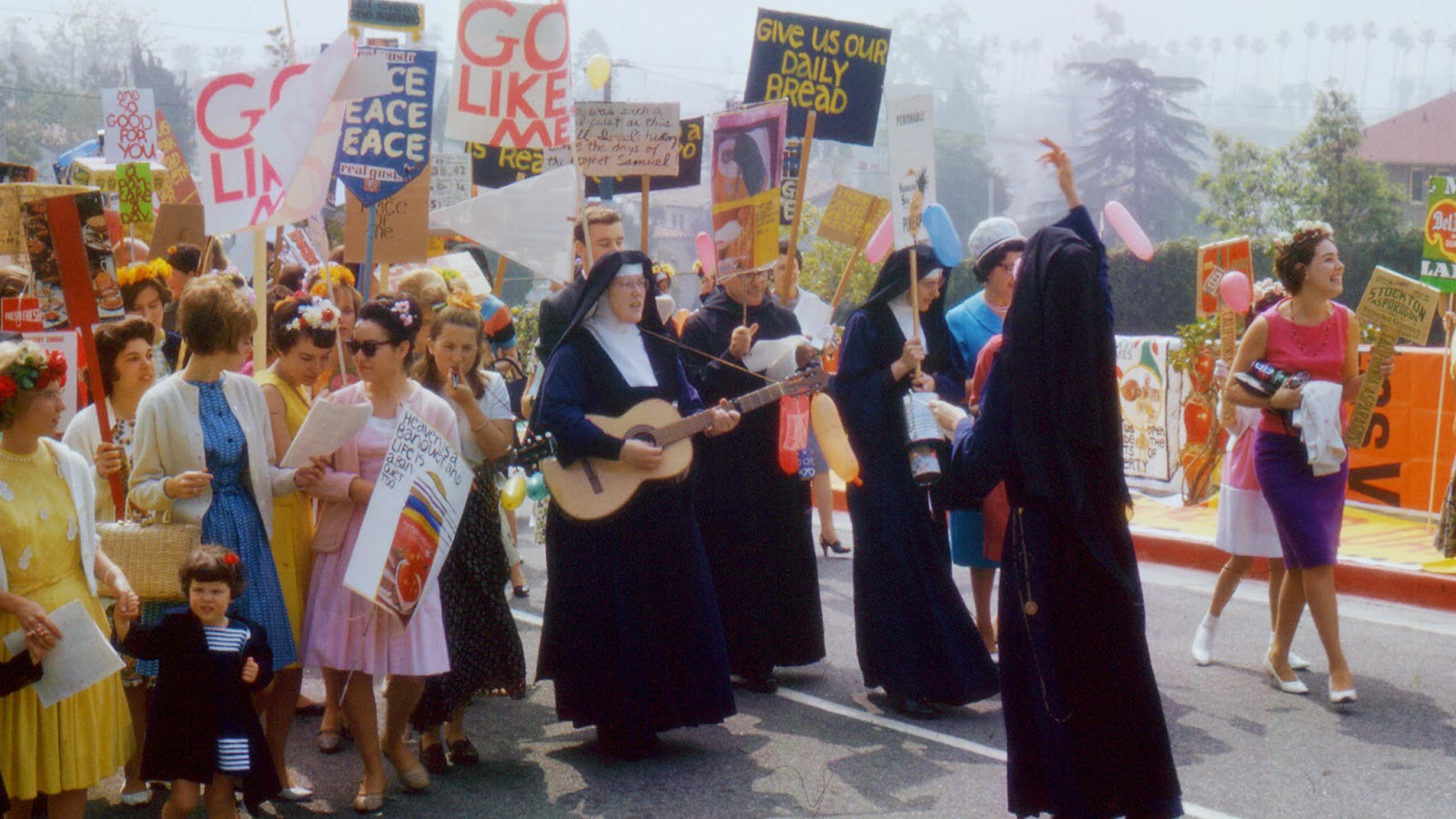
Rebel Hearts (Pedro Kos)
A group of pioneering nuns bravely stand up to the Catholic Church patriarchy, fighting for their livelihoods, convictions and equality against an all-powerful Cardinal. (Documentary)
Jockey (Clint Bentley)
An aging jockey is determined to win one last championship, but his dream is complicated when a young rookie shows up claiming to be his son. (Narrative)
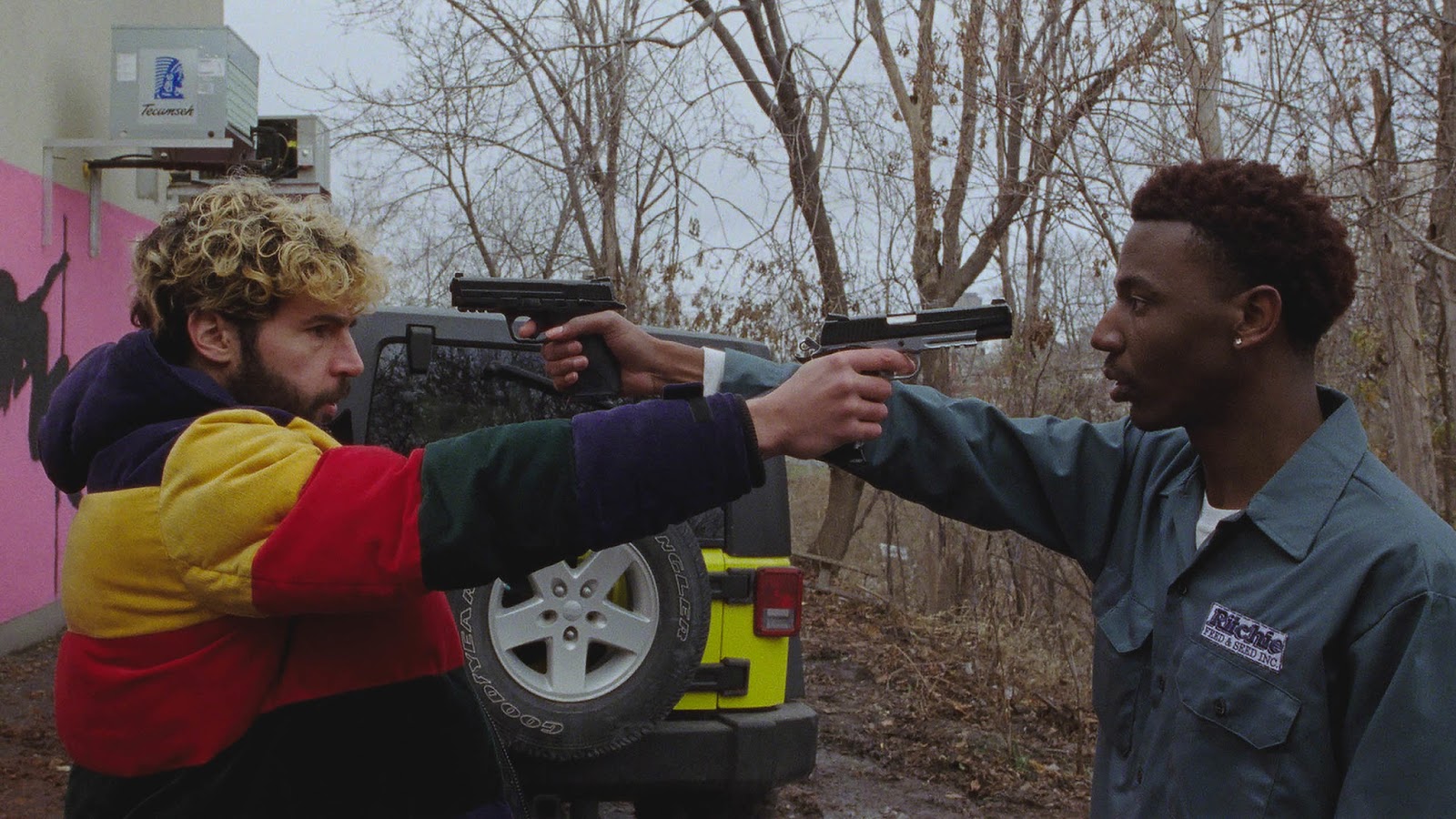
On the Count of Three (Jerrod Carmichael)
Two guns. Two best friends. And a pact to end their lives when the day is done. (Narrative)
Cryptozoo (Dash Shaw)
As cryptozookeepers struggle to capture a Baku (a legendary dream-eating hybrid creature), they begin to wonder if they should display these rare beasts in the confines of a cryptozoo, or if these mythical creatures should remain hidden and unknown forever. (Narrative)
This article was featured in the InsideHook newsletter. Sign up now.
